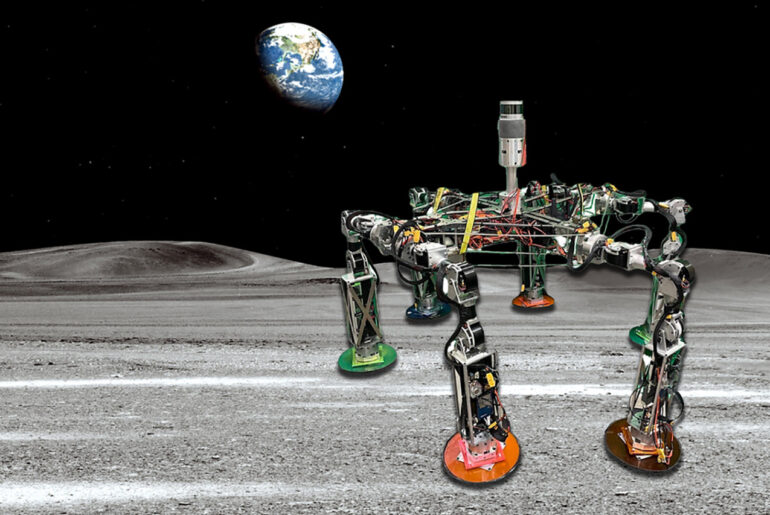
MIT’s Waking Oligomeric Robotic Mobility System (WORMS) may eventually help future astronauts on the Moon lay cables, deploy solar panels, deploy communications towers and build habitats. Rather than have several robots for each task, this kit allows users to quickly swap out parts to fit various missions.
These parts include worm-inspired robotic limbs that can be placed on a base to function as a walking robot. A large group of these walking robots are capable of carrying heavy solar panels up a hill and when finished, reconfigure them into six-legged spider bots that can then be lowered into a lava tube to drill for frozen water.
- This LEGO space set features a domed toy Lunar Research Base, a LEGO lunar lander, skycrane drone toy, VIPER rover and a moon buggy
- The LEGO NASA - inspired toy moon base set is packed with details for imaginative space play plus 6 LEGO astronaut minifigures
- Includes domed accommodation quarters with a botany lab and ground-level garage, plus a science lab, air lock and docking tunnel modules
As we were thinking of these animal inspirations, we realized that one of the simplest animals, the worm, makes similar movements as an arm, or a leg, or a backbone, or a tail. And then the lightbulb went off: ‘We could build all these animal-inspired robots using worm-like appendages.’” said Michael Brown, deputy team leader and AeroAstro graduate student.






